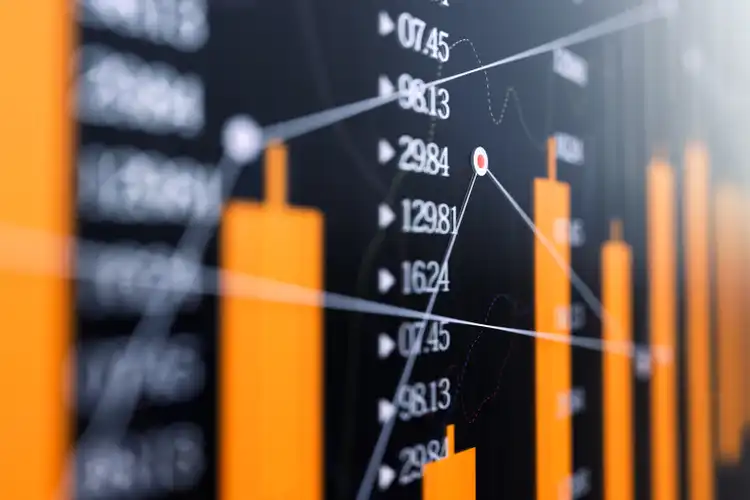- Unit 4308 Metroplaza, Tower II, 223 Hing Fong Street, Kwai Fong, Hong Kong
- [email protected]
Quarter 4, 2024 Market Commentary

Quarter 4, 2024 Market Commentary
Past performance is not indicative of future results. The information mentioned is for illustrative purposes and should not be considered a recommendation to buy or sell.
In the fourth quarter of 2024, financial markets exhibited a mix of resilience and volatility across various regions and asset classes. Below is a detailed review segmented by region and asset class.
Note: Past performance is not indicative of future results. The sectors, securities, regions, and countries mentioned are for illustrative purposes and should not be considered a recommendation to buy or sell.
US
The U.S. economy demonstrated robust performance in Q4 2024, with GDP growing at an annualized rate of 2.3%. Consumer spending remained a key driver, increasing by 4.2% during the quarter. The S&P 500 Index advanced by 2.3%, buoyed by strong earnings from major technology firms such as Apple, IBM, and Meta Platforms. The Federal Reserve implemented a 50 basis point rate cut in September, followed by two 25 basis point cuts in November and December, bringing the federal funds rate to a range of 4.25% to 4.5%. These monetary policy adjustments were aimed at supporting economic growth amid stable inflation pressures.
Eurozone
The Eurozone faced economic stagnation in the fourth quarter. In response, the European Central Bank (ECB) reduced its key interest rate by 0.25 percentage points to 2.75%, marking the fifth rate cut in seven months. ECB President Christine Lagarde indicated the possibility of further rate reductions, emphasizing the need to support weak economic growth. Financial markets in the region remained relatively flat, with minimal reactions to the ECB's announcements.
UK
The UK economy exhibited signs of contraction, with preliminary data indicating a second consecutive monthly decline in October. Revisions to past data revealed weaker-than-expected performance since the summer, with third-quarter growth adjusted to zero from an initial estimate of 0.1%. The FTSE 100 Index remained relatively stable, posting a slight decrease of 0.2% over the quarter.
Japan
Japanese equities experienced gains during Q4, with the TOPIX Total Return Index increasing by 5.4% in yen terms. A weaker yen enhanced the earnings outlook for large-cap exporters, contributing to the market's positive performance. The Bank of Japan maintained its interest rates during the December policy meeting, with Governor Ueda adopting a cautious stance amid moderate macroeconomic developments.
Asia (ex Japan)
China's economy surpassed expectations, achieving a 5.4% year-on-year growth rate in the fourth quarter, driven by substantial stimulus measures. However, ongoing trade tensions with the United States and subdued domestic demand posed challenges to sustained recovery. Other Asian markets exhibited mixed performances, with some regions benefiting from strong export demand while others faced headwinds from global trade uncertainties.
Emerging Markets
Emerging markets faced varied outcomes in Q4 2024. While certain economies benefited from higher commodity prices and increased export demand, others struggled with political instability and external debt pressures. Overall, the MSCI Emerging Markets Index recorded a modest gain, reflecting the heterogeneous nature of these economies.
Global Bonds
The global bond market remained relatively flat during the quarter. In the United States, the 10-year Treasury yield decreased slightly to 4.51%, reflecting stable inflation expectations and the Federal Reserve's cautious approach to monetary policy. In Europe, bond yields remained subdued amid ongoing economic challenges and accommodative monetary policies by the ECB.
Commodities
Commodity markets experienced mixed trends in Q4. Energy commodities, particularly oil, faced price declines due to increased production and concerns over global demand. In contrast, precious metals like gold saw gains, driven by investor demand for safe-haven assets amid economic uncertainties. Agricultural commodities exhibited varied performances based on regional supply and demand dynamics.
Digital Assets
Digital assets, including cryptocurrencies, experienced heightened volatility during the quarter. Bitcoin and other major cryptocurrencies faced regulatory scrutiny and market corrections, leading to significant price fluctuations. Investors remained cautious amid concerns over market stability and the potential for increased regulation in the digital asset space.

